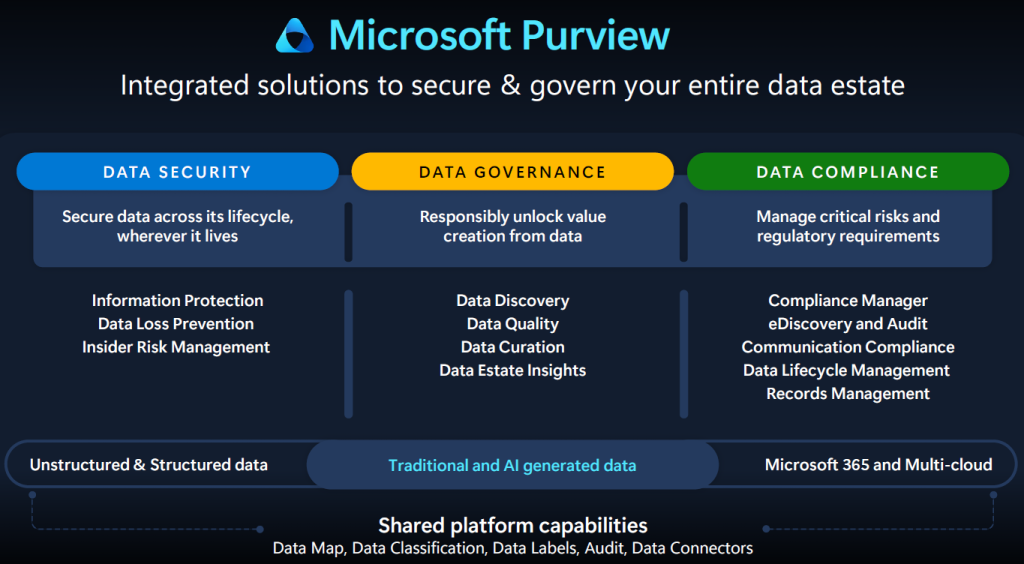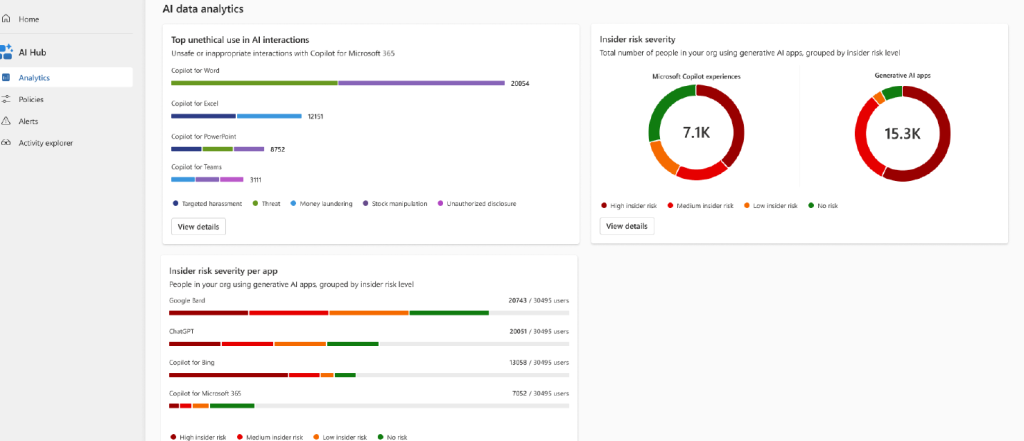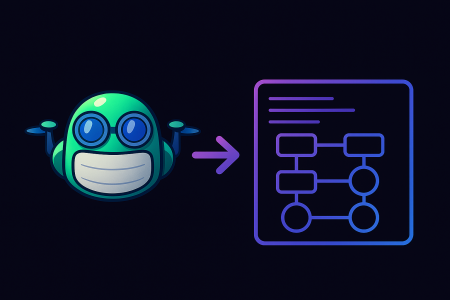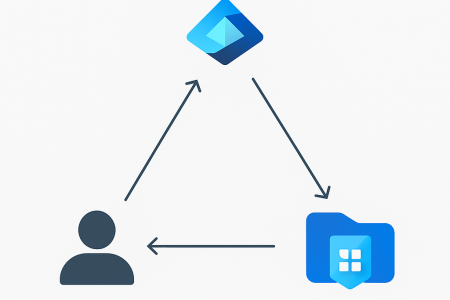Artificial Intelligence (AI) is no longer a futuristic concept; it is reshaping industries and redefining the competitive landscape. To harness its full potential, organisations need robust frameworks and tools to manage data and streamline AI workflows. Microsoft Purview and Copilot are two such tools that can significantly aid the AI adoption process. This blog delves into how these technologies can be utilised to prepare organisations for a seamless transition to AI.
The State of AI in 2024: Key Insights from Stanford’s AI Index Report
As we navigate through 2024, the landscape of artificial intelligence continues to evolve at a rapid pace. The latest AI Index Report from Stanford HAI offers a comprehensive look at the current trends and future directions of AI. Here are some of the most compelling insights:
Technical Advancements
AI technology has made remarkable strides, with new systems like GPT-4 and Gemini Ultra setting new benchmarks. Gemini Ultra, for instance, has achieved human-level performance on the Massive Multitask Language Understanding (MMLU) benchmark, showcasing the incredible potential of modern AI systems.
Investment Trends
While overall private investment in AI has seen a decline for the second year in a row, there’s a notable surge in funding for generative AI. This shift highlights the growing interest in AI technologies capable of creating content, such as text, images, and music, which are becoming increasingly integral to various industries.
AI in the Workforce
AI is transforming the workplace by enhancing productivity and improving the quality of work. However, this transformation comes with its own set of challenges. The report underscores the importance of addressing potential negative impacts on employment and ensuring proper oversight into mitigating these risks.
Policy and Regulation
Governments, particularly in the United States, are ramping up efforts to regulate AI. The report documents a significant increase in AI-related regulations, reflecting a proactive approach to managing risks like privacy concerns and misinformation. This regulatory landscape is crucial for fostering a safe and ethical AI ecosystem.
Public Perception
Public awareness of AI’s impact is on the rise, with more people expressing concerns about how AI will affect their lives. This growing apprehension underscores the need for transparent communication and responsible AI development to build public trust.
Responsible AI
The report highlights the necessity for standardised evaluations to ensure responsible AI development. Currently, leading developers use different benchmarks, making it challenging to compare the risks and limitations of top AI models. Establishing common standards is essential for advancing responsible AI practices
Understanding AI Risks Associated with Data Access and AI Apps
As AI technologies become more integrated into business operations, understanding the risks associated with data access and AI applications is paramount. Data access can expose sensitive information, leading to potential breaches and misuse if not properly managed. AI applications, on the other hand, may inadvertently perpetuate biases or generate incorrect outputs if not developed and monitored responsibly.
To mitigate these risks, organisations must implement robust data governance frameworks and adhere to stringent security protocols. Ensuring that AI systems are transparent and explainable can help in identifying and rectifying biases and inaccuracies. Additionally, continuous monitoring and auditing of AI applications are essential to maintain their integrity and reliability.
By addressing these concerns proactively, businesses can harness the power of AI while safeguarding against potential pitfalls, thus fostering a more secure and trustworthy AI ecosystem.
Setting the Stage for AI Adoption
Before diving into the technicalities, it’s crucial to understand the foundational steps for AI adoption. Organisations must:
- Assess their current data landscape.
- Identify key areas where AI can add value.
- Ensure data quality and compliance.
- Invest in the right tools and technologies.
- Foster a culture of data-driven decision-making.
Assessing the Data Landscape
A thorough assessment of the data landscape involves understanding data sources, data silos, and existing data governance practices. MS Purview can be instrumental in this phase by providing a comprehensive view of data assets across the organisation.
Technical Overview of Microsoft Purview
In the era of digital transformation, the adoption of Artificial Intelligence (AI) has become a strategic priority for many organisations. However, to harness the full potential of AI, it is essential to establish a robust foundation. This begins with a thorough understanding of the organisational data landscape and a commitment to data governance. Microsoft Purview emerges as a powerful tool in this journey, offering comprehensive capabilities for data discovery, classification, and governance. This section delves into the critical steps and technical nuances involved in setting the stage for effective AI adoption, with a special focus on the functionalities of MS Purview.
Data Discovery and Classification
MS Purview automates the discovery and classification of data across various environments. It uses machine learning models to classify sensitive data and ensure compliance with data privacy regulations. This automation not only saves time but also reduces the risk of human error.
Data Lineage Tracking
Understanding data lineage is critical for AI adoption as it helps in tracing the origin and transformation of data. MS Purview provides detailed lineage tracking, allowing Organisations to visualise data flow and dependencies. This transparency is essential for building reliable AI models.
Data Governance Policies
MS Purview enables Organisations to define and enforce data governance policies. These policies can include data access controls, retention policies, and compliance requirements. By centralising policy management, MS Purview ensures consistent application of data governance practices across the Organisation.
Integration with Other Tools
MS Purview seamlessly integrates with various data management and analytics tools, including Azure Data Factory, Power BI, and Synapse Analytics. This interoperability ensures that data governance is embedded into existing workflows, facilitating smoother AI adoption.

AI Hub and Data Security Risk Context in Microsoft Purview
AI Hub in Microsoft Purview plays a pivotal role in identifying and mitigating data security risks across the organisation. By leveraging advanced analytics and machine learning, the AI Hub provides deep insights into potential vulnerabilities and ensures robust data protection mechanisms. Here are the steps to effectively utilise AI Hub for enhancing data security:
Data Security Assessment:
Initiate Data Scans: Use Microsoft Purview to automate the scanning of data repositories. This will help in identifying sensitive information and potential security risks.
Analyse Vulnerabilities: Microsoft Purview’s AI capabilities Analyse the scan results to highlight areas of concern, such as unencrypted data or exposed personal information.
Policy Enforcement:
Define Security Policies: Within Microsoft Purview, establish comprehensive security policies that align with organisational and regulatory requirements. These can include encryption standards, access controls, and data retention guidelines.
Automate Policy Application: Ensure that these policies are automatically applied across all data assets, leveraging Microsoft Purview’s integration capabilities to maintain consistency.
Continuous Monitoring:
Set Up Alerts and Notifications: Configure Microsoft Purview to send real-time alerts for any breaches or unusual data access patterns. This proactive monitoring is crucial for early threat detection.
Review Security Dashboards: Utilise Microsoft Purview’s dashboards to continuously monitor security metrics and compliance status, providing a consolidated view of your data’s security posture.
Collaboration with Copilot:
Collect Security Insights from Copilot: Integrate Copilot to gather actionable security insights from Microsoft 365 applications. For instance, Copilot can flag potential phishing attempts in emails or unauthorised access attempts in shared documents.
Automate Security Tasks: Copilot can automate repetitive security tasks, such as updating access permissions or conducting periodic security audits, freeing up resources to focus on strategic security initiatives.
By following these steps, organisations can effectively harness the power of MS Purview’s AI Hub to bolster data security and minimise risks. The seamless collaboration between MS Purview and Copilot ensures a holistic approach to data governance, embedding security into every layer of data management and AI adoption.
Practical Use Cases
Let’s explore some practical use cases where Microsoft Purview and Copilot can facilitate AI adoption:
Healthcare
In healthcare, data privacy and compliance are paramount. Microsoft Purview ensures that patient data is properly classified, governed, and compliant with regulations like HIPAA. Copilot can assist healthcare professionals by providing AI-driven insights from patient records and research data, improving diagnosis and treatment plans.
Finance
Financial institutions deal with vast amounts of sensitive data. Microsoft Purview’s data lineage tracking can help in auditing data flow for regulatory compliance. Copilot can automate financial reporting, identify fraudulent activities, and provide predictive analytics for investment strategies.
Retail
Retailers can benefit from Microsoft Purview’s ability to manage and classify customer data, ensuring personalised marketing strategies while maintaining data privacy. Copilot can analyse sales data to forecast trends, optimise inventory management, and enhance customer service through AI-driven chatbots.
Implementation Strategy
Step 1: Pilot Project
Begin with a pilot project to test the capabilities of Microsoft Purview and Copilot. Choose a specific use case that has clear objectives and measurable outcomes. This approach allows for adjustments and learning before a full-scale implementation.
Step 2: Training and Support
Invest in training programs to ensure that employees are proficient in using these tools. Provide continuous support and resources to address any challenges that arise during the transition phase.
Step 3: Scaling Up
Once the pilot project proves successful, scale up the implementation across the organisation. Monitor progress, gather feedback, and make necessary adjustments to optimise the use of MS Purview and Copilot.
Conclusion
In conclusion, while the integration of advanced tools like MS Purview and Copilot offers tremendous opportunities for enhancing business processes and customer engagement, it is crucial to prioritize security throughout this journey. Leveraging security measures ensures the protection of sensitive data, maintains customer trust, and complies with regulatory requirements. Establishing robust security frameworks is not just a necessity but a foundational element that supports the successful and sustainable implementation of AI technologies.










